Window rot repair: repairing or replacing rotted window frame parts
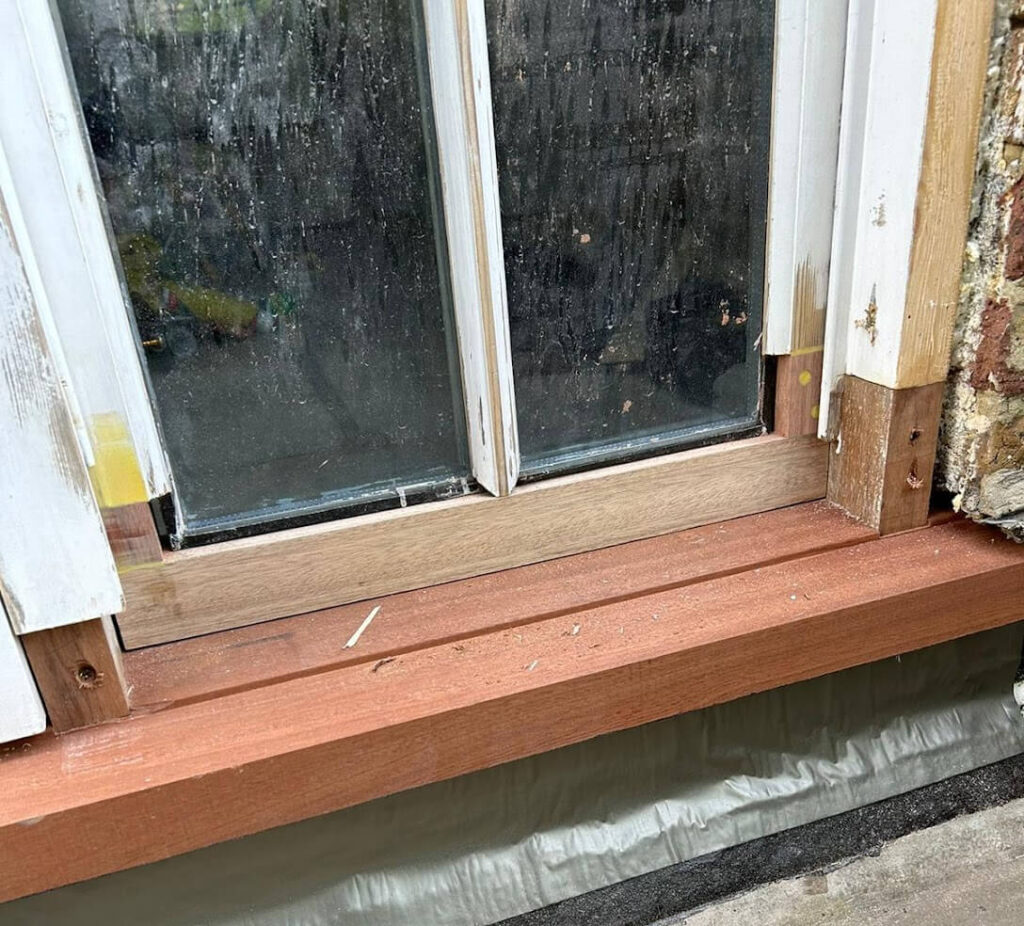
At Traditional Sash Window Repairs, we specialise in window rot repair to restore both the beauty and structural integrity of your window frames. Our approach addresses rotting window frame repair, fixing soft spots, and using the highest-quality epoxy wood fillers to ensure long-lasting results.
Wooden sash windows are a cherished feature in many homes, adding character and historical value. However, they tend to rotting window frames and window sills, especially in areas with excessive moisture or poor ventilation.
Additionally, if you need minor window services like sash cord replacement, draught proofing and window painting, or even entire sash window replacement, we handle it all with precision and care.
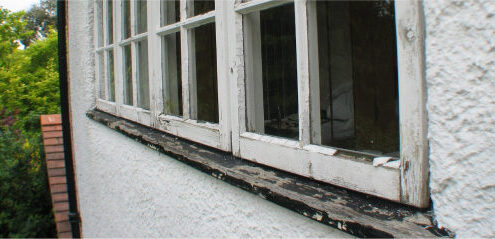
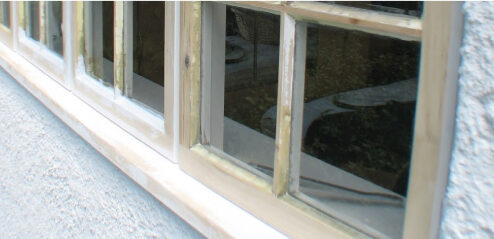
Is your wooden window showing signs of rot?
Wooden window frames are susceptible to decay, particularly in areas exposed to excessive moisture.
If left unrepaired, rot can spread, affecting the entire frame and compromising the structural integrity of your wood windows.
Here are some signs that your window frames may rot and need repair:
Visible rot and decay
Rot often starts in hidden areas and can become extensive before it is noticeable. If you see rotted wood or damaged wood around your windows, it’s a sign of deeper problems.
Visible rot, soft spots, and irregular-looking wood surfaces are common signs that you need to fix rotted window frames.
Peeling paint and cracking
Paint that is peeling or cracking away from the wooden frames often indicates trapped moisture, which can lead to rotting window parts.
Applying high-quality exterior wood paint and maintaining layers of paint can act as a protective barrier, safeguarding against moisture infiltration.
Soft or spongy wood
If you can press into your wooden window frames and feel that the wood is soft or spongy, it’s likely that you’re dealing with rotted window frame parts.
Soft spots in wood are caused by prolonged exposure to moisture, causing the fibres to weaken.
Stuck or swollen windows
When moisture penetrates the wood, it causes timber windows to swell, making operation difficult.
This is often a sign that your windows are holding excess moisture and require repair of rotted window sections before the entire window unit is ruined.
Regular window maintenance can help identify such issues early.
Mould and fungal growth
Rot often results from elevated moisture levels, leading to the development of airborne fungus and mould.
This can pose health risks and weaken the integrity of timber windows.
Regular window inspections and prompt window rot repair are crucial to maintaining the longevity of timber windows.
The risk of ignoring window rot
Ignoring window rot repair can lead to the spread of decay to the entire window or surrounding structural elements.
This increases the need for window replacement, resulting in higher expenses for installation.
Additionally, untreated rot can attract carpenter ants and cause severe damage to windows and wood frame structures.
Benefits of choosing our window rot repair services
- Comprehensive repairs:
We offer complete window rot repair for wooden window sill, casement windows, and sash windows. - Durable protection:
By using premium wood filler and epoxy filler, we ensure the long-lasting durability of your window frames. - Enhanced energy efficiency:
Proper repairs reduce excess moisture infiltration, improving energy efficiency. - Tailored solutions:
Each repair is carried out taking into account the different types of rot and protecting timber window frames. - Minimal disruption:
Our precise approach ensures that only the affected areas are removed, preserving well-preserved, historic windows.
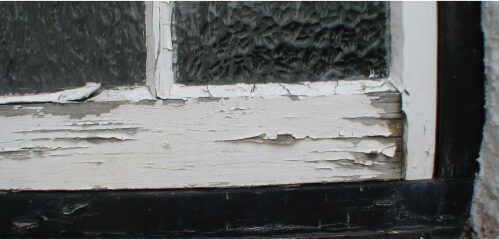
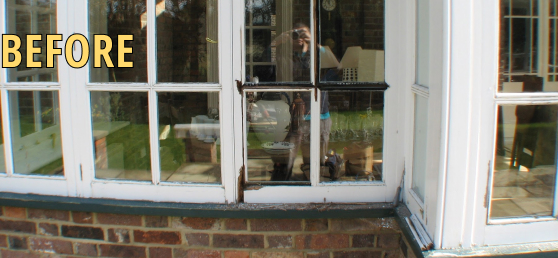
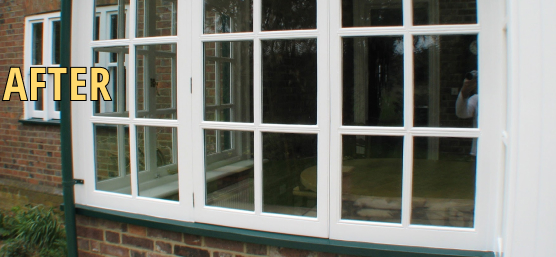
Our approach to window rot repair
At Traditional Sash Window Repairs, we offer a comprehensive repair process tailored to your unique situation. We ensure that your windows are restored to their original condition with minimal disruption.
Step 1: Thorough assessment and diagnosis
We begin by assessing the amount of moisture in the wood using a wood moisture meter to determine if moisture content is above 20%, which can indicate active rot.
We identify signs of wood rot, such as damp wood, standing water, and advanced signs of decay. Our assessment allows us to plan the appropriate repair process for your rotten window frame.
Step 2: Precise rot removal and treatment
We use power tools like routers and precision tools such as utility knives, router tools, and coarse-grit sandpaper to carefully remove the damaged wood.
We focus on eliminating dampness and soft spots without damaging healthy wood. After removing the affected areas, we treat the surrounding wood to create a protective barrier against future decay.
Step 3: Repairing or replacing damaged sections
For minor issues, we use epoxy fillers or premium wood fillers to restore rotten wood. This approach works well for window sash and window sill areas that need precise, durable repairs.
For more severe damage, we use splice repairs to replace sections of the timber window frames. This method restores the integrity of timber windows without the need for entire window replacement.
Step 4: Seamless integration and finishing
After repairing the wood frame, we smooth the surface using fine-grade sandpaper and apply caulking around windows to seal joints.
We then apply high-quality exterior wood paint as a final protective layer, enhancing both the appearance and durability of the window.
Step 5: Preventative measures for long-lasting protection
We recommend regular window inspections and proper window maintenance to prevent additional trouble spots from developing.
Using proper flashing and effective water runoff channels can reduce the risk of water absorption, helping to maintain the longevity of timber windows.